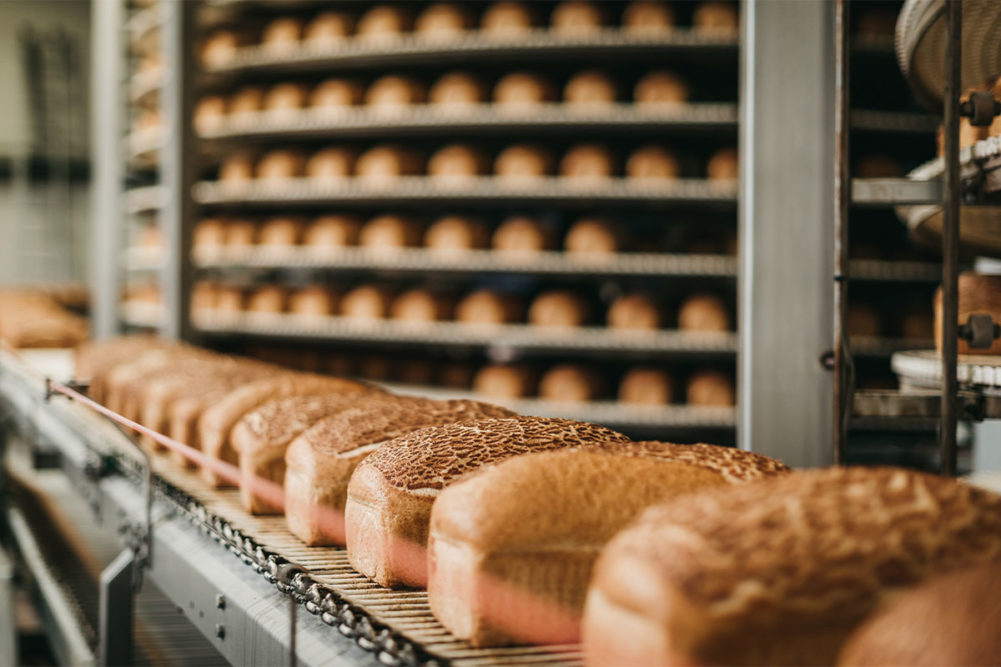KANSAS CITY — Bakers need to be tactical when it comes to capital spending. All too often, they face multiple options in automating their operations. The strategic challenge then becomes which alternatives are best for a quick return on investment through enhancing efficiency and bolstering capacity to meet the growing demand for their products.
“You look for a couple of different things,” said Jeremiah Tilghman, chief operations officer of Better Butter, Salt Lake City, who has worked at several bakery operations, both large and small. “You can look for headcount reduction, and most of the time, that’s in packaging.”
Specifically, he noted, robotics have become a much more intuitive and a lot less complicated solution for reducing high-labor areas. Mr. Tilghman also looks at a department — typically packaging — where the company can invest in affordable redundancy that pays off in the long run. Simply put, he doesn’t want inefficiency and waste after products are already made and just require wrapping, bagging, metal detection and shipping.
“The end of the line is the most expensive place to waste your product, and unfortunately, this is where most of the waste occurs,” Mr. Tilghman told Baking & Snack for its December report on operational efficiency. “For us, it’s labelers in packaging or making sure that the back of the line has enough capacity to handle the output from the line. So I use a ‘rule of 20%.’ I want at least 20% buffer in my packaging. I never ever want it to be my bottleneck.”
That’s a rule of thumb that every manufacturer should follow.





